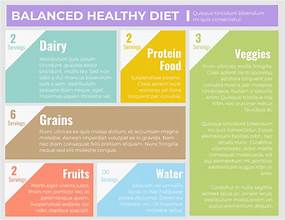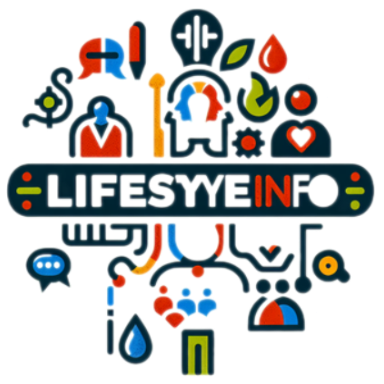
Creating a personalized balanced diet plan tailored to your specific needs can significantly impact your overall health and well-being. In a world where generic diet plans abound, a customized approach ensures that your unique needs, preferences, and goals are met. This guide will walk you through the essential steps to develop a diet plan that aligns with your personal requirements.
1. Understand Your Nutritional Needs
Before diving into a diet plan, it’s crucial to understand your body’s nutritional needs. These needs vary based on factors such as age, gender, activity level, health conditions, and lifestyle.
- Age and Gender: Nutritional requirements change as you age. For instance, older adults may need more calcium and vitamin D, while teenagers may require higher levels of iron and protein.
- Activity Level: Active individuals often need more calories and protein to support muscle recovery and energy expenditure.
- Health Conditions: Conditions like diabetes, hypertension, and food allergies necessitate specific dietary adjustments. Consulting with a healthcare professional can provide tailored recommendations.
2. Set Clear Goals
Identify your health and fitness goals. Are you aiming to lose weight, build muscle, or manage a health condition? Setting clear, realistic goals will guide the customization of your diet plan.
- Weight Loss: Focus on creating a calorie deficit while ensuring adequate nutrient intake. Incorporate more fruits, vegetables, and lean proteins.
- Muscle Building: Prioritize protein-rich foods and balanced carbohydrates to fuel muscle growth and recovery.
- Health Management: Adjust your diet to manage specific health conditions, such as reducing sodium for hypertension or incorporating low-glycemic foods for diabetes.
3. Incorporate a Variety of Food Groups
A balanced diet should include a variety of food groups to ensure you receive all essential nutrients:
- Fruits and Vegetables: Aim for a colorful plate to maximize your intake of vitamins, minerals, and antioxidants. Incorporate leafy greens, berries, and citrus fruits.
- Protein Sources: Include both animal and plant-based proteins, such as lean meats, fish, beans, and legumes.
- Whole Grains: Choose whole grains like brown rice, quinoa, and oats over refined grains to ensure a steady release of energy.
- Healthy Fats: Incorporate sources of unsaturated fats such as avocados, nuts, seeds, and olive oil.
4. Portion Control and Meal Timing
Portion control is key to managing caloric intake and maintaining a balanced diet. Be mindful of portion sizes and avoid overeating by using smaller plates and bowls.
- Balanced Meals: Aim for a balance of macronutrients (carbohydrates, proteins, and fats) in each meal. For example, a meal might include grilled chicken (protein), quinoa (carbohydrates), and a side of mixed vegetables (fiber and micronutrients).
- Meal Timing: Regular meal timing helps regulate blood sugar levels and prevents overeating. Aim to eat every 3-4 hours and include healthy snacks if needed.
5. Stay Hydrated
Water is essential for overall health and aids in digestion, nutrient absorption, and detoxification. Aim to drink at least 8 cups of water daily, adjusting based on activity level and climate. Herbal teas and water-rich foods like cucumbers and melons can also contribute to your hydration needs.
6. Adjust and Monitor Your Plan
A personalized diet plan should be flexible and adjustable. Regularly monitor your progress and make necessary adjustments:
- Track Your Intake: Use a food diary or app to track your meals, snacks, and hydration. This helps identify patterns and areas for improvement.
- Listen to Your Body: Pay attention to how your body responds to the diet plan. Energy levels, digestive health, and mood can indicate whether adjustments are needed.
- Seek Professional Guidance: Consult with a registered dietitian or nutritionist for personalized advice and adjustments based on your progress and health goals.
7. Avoid Common Pitfalls
Ensure your diet plan avoids common pitfalls:
- Restrictive Diets: Extreme restriction can lead to nutrient deficiencies and unhealthy eating patterns. Focus on moderation rather than elimination.
- Fad Diets: Be wary of trendy diets that promise quick fixes. Instead, opt for a balanced approach that is sustainable in the long term.
- Skipping Meals: Skipping meals can lead to overeating later and disrupt your metabolism. Maintain regular eating patterns for steady energy and satiety.
Conclusion
Creating a personalized balanced diet plan involves understanding your nutritional needs, setting clear goals, incorporating a variety of food groups, managing portion sizes, staying hydrated, and being adaptable. By tailoring your diet to your unique needs and monitoring your progress, you can achieve a healthier, more balanced lifestyle. Remember, the key to success is consistency and making adjustments as needed to fit your evolving needs and goals

